Coffee Stand Hayakawatei, a beloved local cafe

We will introduce "Coffee Stand Hayakawatei," a cafe located a six-minute walk from Higashi-Nakano Station in Tokyo. The secret to delicious coffee is the degree of roasting. The owner's skill shines through here.
Hello. I'm Chiitan, a Nakano Tourism Reporter. Chibi Nakano is here with us. Today I'd like to introduce "Coffee Stand Hayakawatei." A beloved cafe in Higashi-Nakano, Tokyo, for nine years (as of 2024), where you can enjoy home-roasted coffee. It's a 6-minute walk from the east exit of JR Sobu Line Higashi-Nakano Station.
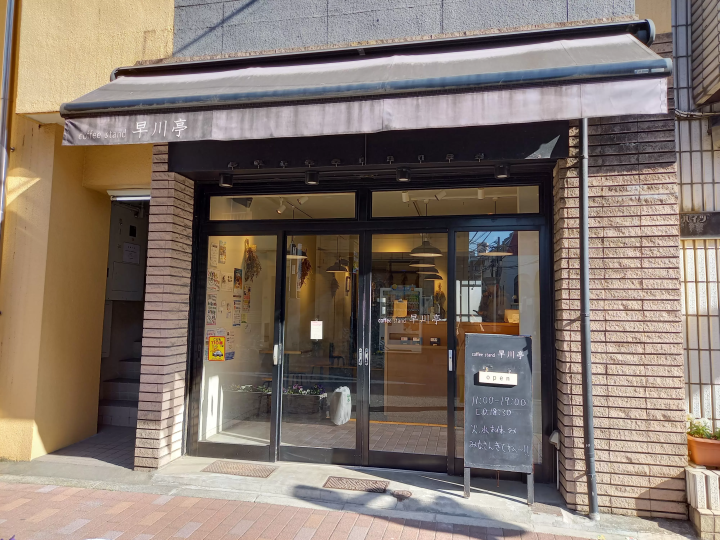
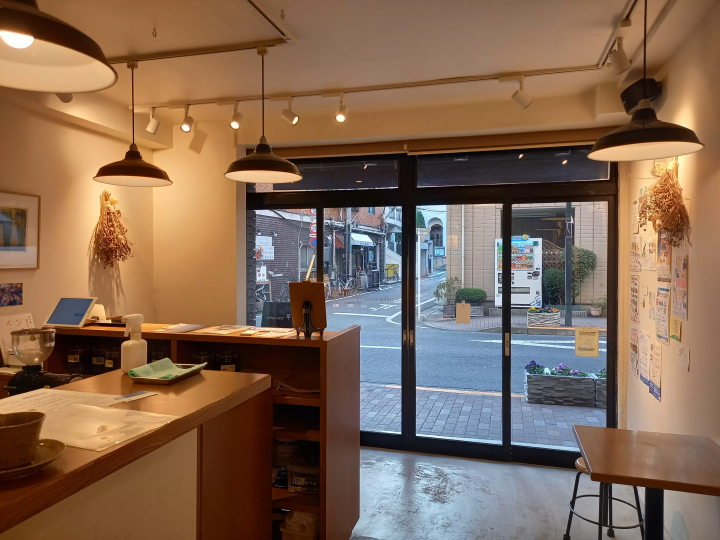
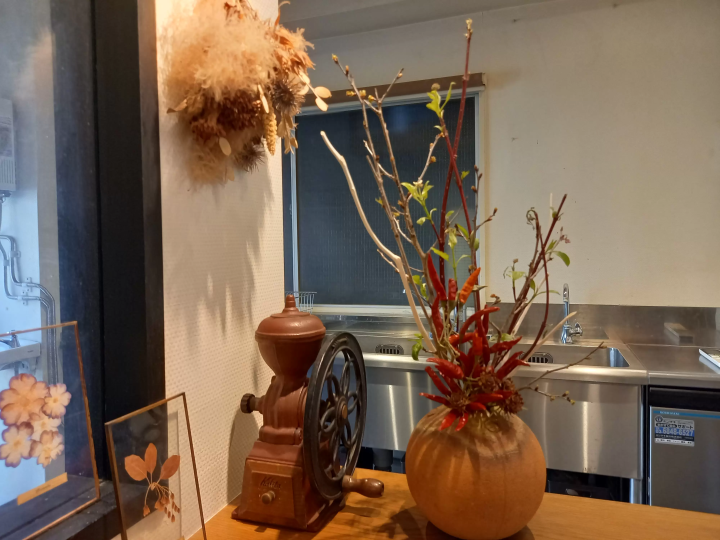
The counter seats are decorated with seasonal flowers. It is a small shop with five counter seats and two tables, but it is comfortable and relaxing.
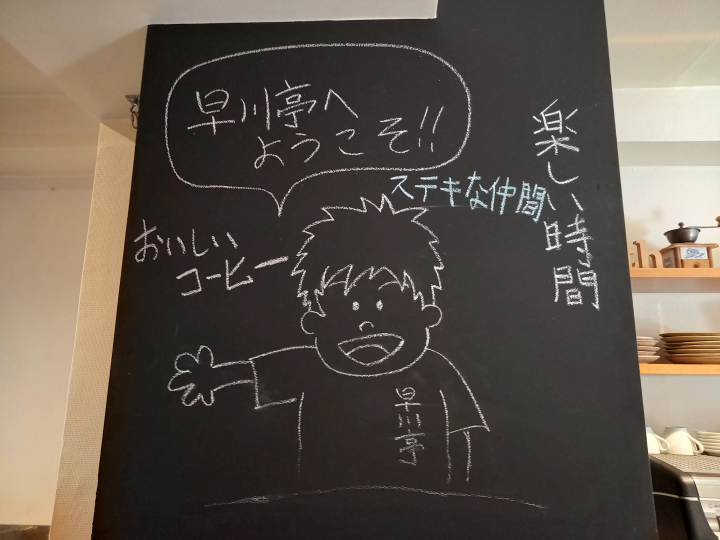
The portrait on the blackboard looks just like the master!
We spoke with the owner, Kota Hayakawa. - Please tell us how you came to open your shop. "I love cafes, and I spent about eight years, including my student days, training in several shops. The first time I handled an espresso machine, I thought it was interesting. While working, I wanted to open a small coffee shop that I could run by myself, so I saved up money to open one. I also studied about roasting and selling beans from books and seminars."
I was impressed to have my "cafe latte" made right in front of me. The skill of latte art is worth seeing. This skill is acquired through hard work.
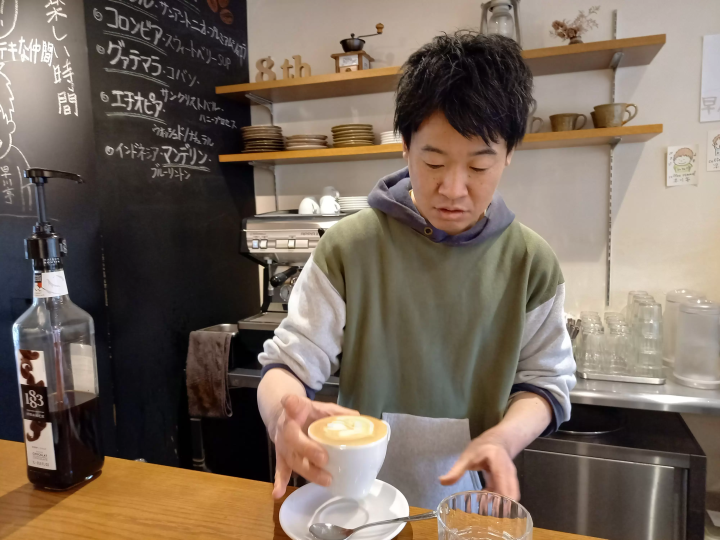
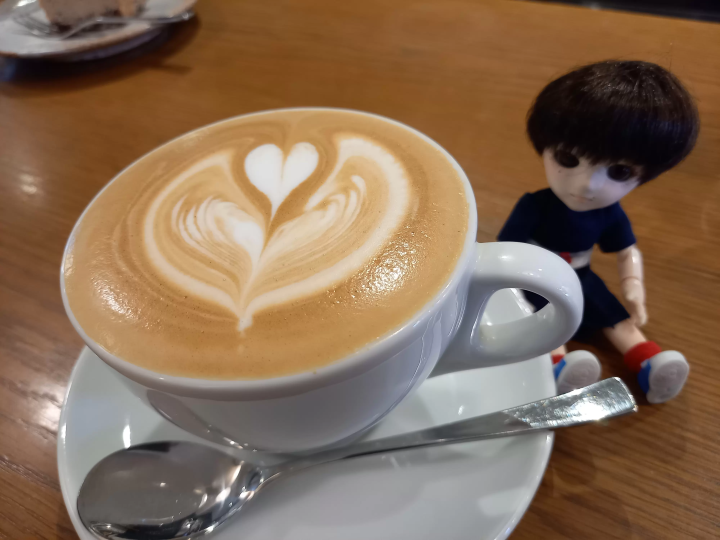
"I can only make basic shapes like tulips, hearts, and leaves. Other than that I can make simple faces," says Hayakawa.
The espresso machine in the shop is made in Italy, the country where it originated. "We use a roaster made in Japan called 'Fuji Royal'. You can see that in a lot of coffee shops."
-Does the taste change depending on the roaster? "Yes. It's important to understand the operation and characteristics depending on the coffee you want to make."
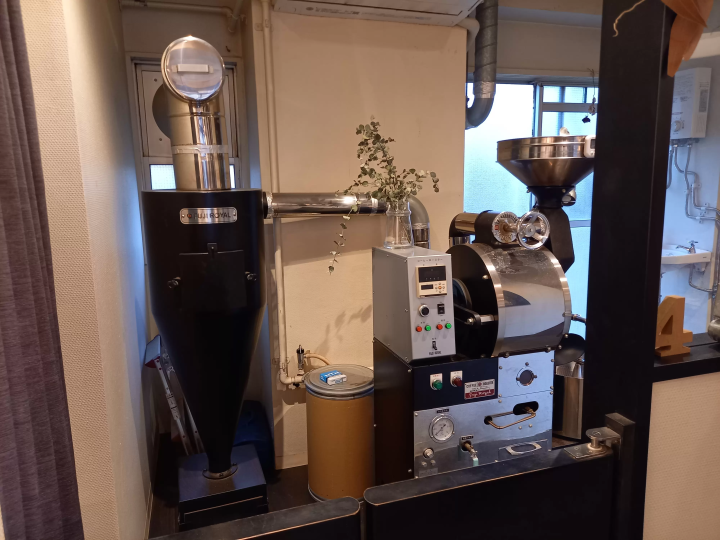
If you go early, you might be able to smell the delicious aroma of coffee being roasted.
- Why did you choose Higashi-Nakano? "I wanted a place that was not in a downtown area, a tourist spot, or an office district, but was easy for locals to visit, so I searched for about a year and decided on this place. Our customers range from people with small children to the elderly. They have a variety of jobs. I think it's fun to have an environment where so many different people come." Hayakawa-san waves to an elementary school student who passes by during the interview. The shop faces the school's route, and the entire shopping district seems to watch over the children.
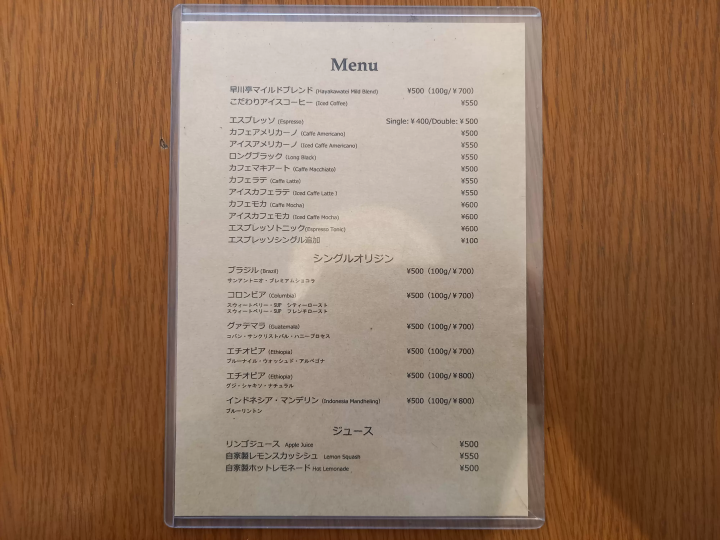
The coffee menu details the origin and variety of the beans, including Brazil, Colombia (city roast, French roast), Guatemala, Ethiopia, and Indonesian Mandheling.
Hayakawa: "The degree of roasting can make a difference, from mild and well-balanced to sour and bitter, so we've created a lineup that lets you choose according to your preferences."
-What is the difference between city roast and French roast? "It's the degree to which the beans are roasted. They roast the same beans in different ways." As the process progresses, the acidity decreases and the bitterness comes out. I was shown the roasted beans, and they had changed from a bright green to a deeper color. You can tell how roasted the beans are by the color and sound. They also sell the beans, so you can enjoy the difference in taste due to the difference in roasting at home.
I ordered the Hayakawatei Mild Blend (500 yen including tax).
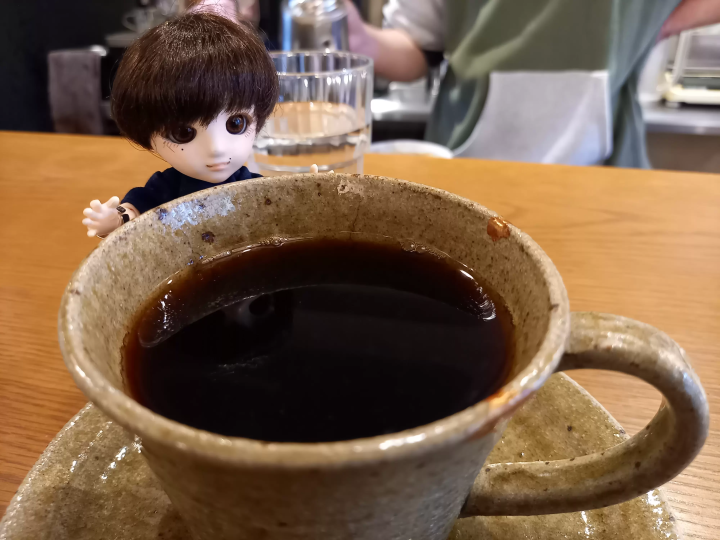
Chibi Nakano is curious about the coffee cup.
This ceramic cup is made from Karatsu clay. The simple color of the cup makes the jet black coffee stand out. Hayakawa-san's hobby is pottery, and the cup was made for the shop by his pottery teacher.
The taste is a "mild blend" with an exquisite balance of sourness and bitterness. It leaves a strong, full-bodied flavor in your mouth. It's very easy to drink, and you can see why it's a favorite of so many people.
Hayakawa: "Our blend uses three types of beans - Brazil, Colombia, and Guatemala - and we roast each one separately. We try to strike a balance between the base Brazilian beans, which have a bitter chocolate and nutty flavor, and the Colombian beans, which have a berry flavor. We lightly roast the Guatemalan beans to give them a fruity flavor. They have a mellow sweetness, like orange. In terms of ratio, we use 50% Brazilian, 30% Colombian, and 20% Guatemalan beans, with the acidity of the Guatemalan beans being the secret ingredient. By mixing them together, we create a milder coffee."
They also offer iced coffee, homemade juices, and daily desserts.
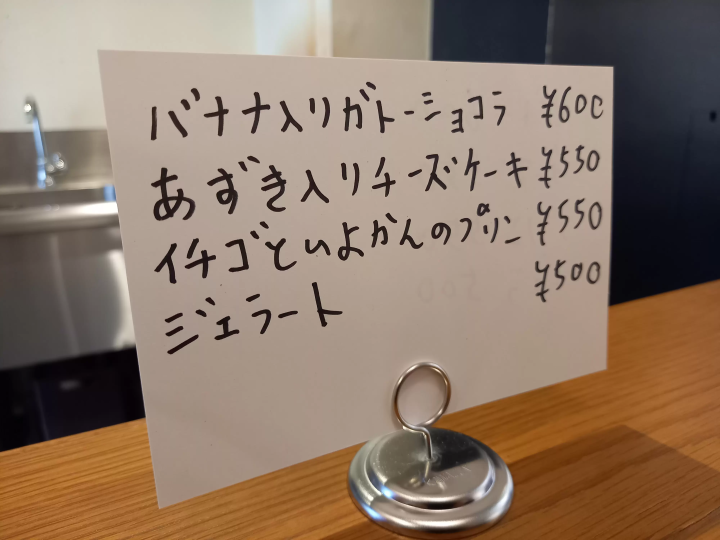
-What's the trick to making good coffee? "Try different kinds of coffee and find one that tastes good to you. Then it's down to how you recreate that at home. It all depends on your preferences. I recommend storing beans within a month of roasting in an airtight container and grinding them every time you make coffee. Coffee's ingredients are volatile, so they escape when ground. It's important to keep it fresh. The water temperature should not be too hot or too lukewarm." So it all starts with finding the perfect cup of coffee that suits your taste. Today, Chiitan felt like he'd found just that cup.
-What do you want your shop to be like? "I want it to continue to be a place where local people can drop in and feel refreshed." The background music is music collected by customers. Today, jazz was playing. When asked about the appeal of coffee, Hayakawa said, "I guess it's the fact that it sparks conversation."
At "Coffee Stand Hayakawatei," even if you come alone you can relax at the counter seats. It's nice to chat with the cheerful Hayakawa-san while sipping delicious coffee. Chitan and Chibi Nakano felt that the "secret to the deliciousness" was Hayakawa-san's reliable technique and the atmosphere of the shop. It was a learning experience. By the way, please note that payment is only accepted in cash. There was a cute notice posted at the entrance.
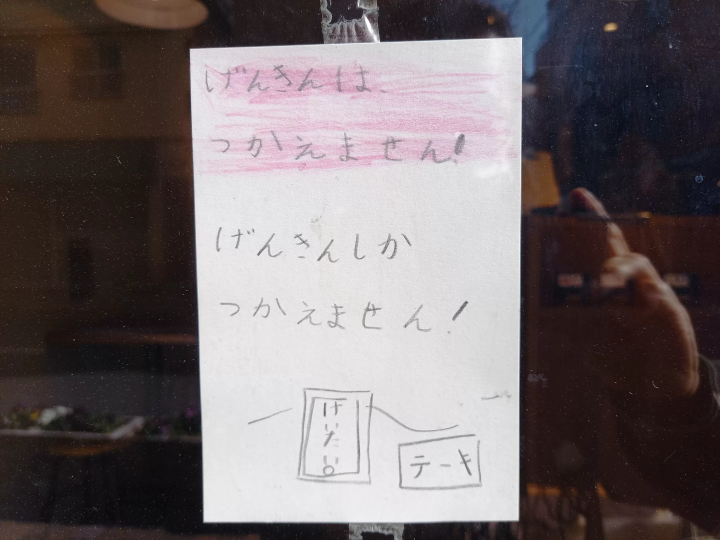
Coffee Stand Hayakawatei
Address: 1F Flat Higashinakano, 1-15-7 Higashinakano, Nakano-ku, Tokyo
Access: 6 minutes walk from the East exit of JR Sobu Line "Higashi-Nakano Station"
Phone: 03‐6908‐8528
Business hours: 11:00 - 19:00
Closed: Tuesdays and Wednesdays
Nakano city is located in the western part of Tokyo's 23 wards. It is especially famous for Nakano Broadway, known as the "holy land" of subculture, but it also has many other tourist attractions such as historic shrines and temples and gourmet food. While the area around Nakano Station is undergoing a "once in a century" redevelopment, the town is undergoing change, and the town is bustling with old-fashioned, friendly shopping streets, making Nakano a very diverse city. This diversity is also what makes it a city with a population of about 17,000 people from about 120 countries.
The contents on this page may partially contain automatic translation.































![[Kanazawa] Enjoy the world of gold leaf to the fullest in the city with the highest production volume in Japan](https://resources.matcha-jp.com/resize/720x2000/2025/11/12-249564.webp)
![[2026] Family Winter Trip to Suzuka Circuit! – For Both Day trips and Overnight Stays!](https://resources.matcha-jp.com/resize/720x2000/2025/12/26-254097.webp)
![[Northern Okinawa] 4 Recommended Cosmos Fields in Okinawa | Sunflowers and Cherry Blossoms in the Same Season!](https://resources.matcha-jp.com/resize/720x2000/2024/08/12-192028.webp)

